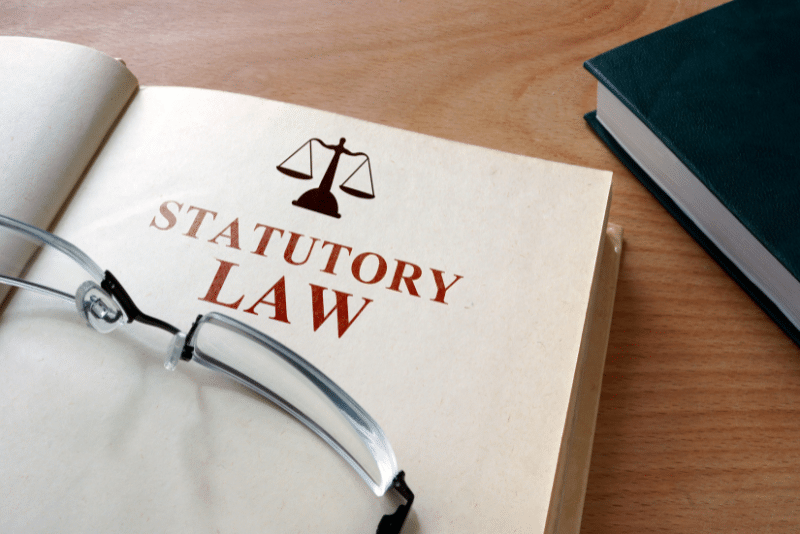As a magazine publisher, your creations – from compelling articles and stunning photography to unique layouts and comprehensive issues – are the lifeblood of your business. These works are valuable intellectual property and understanding how to protect them is paramount. You may have heard that registering your works with the U.S. Copyright Office can unlock “statutory damages” in the event of infringement. But what exactly are statutory damages, and why are they so crucial for your magazine’s protection?
What Are Statutory Damages?
Statutory damages are a powerful tool available to copyright owners in a copyright infringement lawsuit. Unlike other types of damages that require complex financial proof, statutory damages are a predetermined range established directly by the Copyright Act (specifically, section 504). This means a judge or jury can award these damages to you without you having to precisely calculate your financial losses.
Generally, statutory damages range from $750 to $30,000 per work infringed, as determined by the court. The beauty of “per work” is vital for magazine publishers:
- If a single article, photograph, or even an entire issue (if registered as a collective work) is infringed, you could receive an award for that specific work.
- If multiple articles, images, or issues within your publication are infringed, you could potentially receive a separate statutory damage award for each individual work. For example, if five distinct articles from your magazine are infringed, you could receive a minimum of $3,750 (5 works x $750) or up to $150,000 (5 works x $30,000) in non-willful cases.
Furthermore, the potential for damages can increase significantly if the infringement is found to be willful (intentional), rising up to $150,000 per work. Conversely, if the infringement is deemed “innocent” – meaning the infringer genuinely didn’t know they were violating copyright law – the damages can be reduced to a minimum of $200 per work (though this reduction is less likely if your works carry proper copyright notices).
Why Do Statutory Damages Matter to Magazine Publishers?
For magazine publishers, statutory damages are incredibly important because they offer a clear and often more attainable path to compensation compared to “actual damages.”
- Proving Actual Damages is Difficult: To claim actual damages, you would need to meticulously prove the profit you lost due to the infringement (e.g., lost licensing fees for an article) and any additional profits the infringer gained. For many published works, especially individual articles or photographs within a larger magazine, precisely quantifying these losses can be an arduous and expensive legal challenge.
- Simplified Proof of Loss: Statutory damages remove this burden of proof. You don’t need to present complex financial evidence of your losses; the law provides the framework for the award. This simplifies the litigation process, potentially reducing legal costs and making it more feasible to pursue infringers.
- Deterrent Effect: The substantial range of statutory damages, particularly for willful infringement, serves as a powerful deterrent to potential infringers. Knowing they could face significant financial penalties per infringed work makes them think twice before unauthorized use of your magazine’s content.
As a copyright owner, you have the strategic advantage of being able to elect to receive statutory damages at any point before the final judgment is made in an infringement suit, provided you meet the eligibility requirements.
How Do You Become Eligible for Statutory Damages?
Eligibility for statutory damages hinges on timely registration of your work with the U.S. Copyright Office. There are two critical windows for registration to qualify:
- Within three months of publication: If you register your magazine issue, article, or photograph within three months of its first publication date, you are eligible for statutory damages regardless of when the infringement occurs.
- Before the infringement starts: If you miss the three-month window, you can still become eligible by registering your work before any specific infringement of that work begins.
Let’s look at a few scenarios relevant to magazine content:
- Scenario 1: Early Infringement, Late Registration
- Your magazine publishes an article in January. An online blog infringes it in February. You register the article’s copyright in May (more than three months after publication).
- Result: You are not eligible for statutory damages. The infringement occurred before registration, and you missed the three-month post-publication window.
- Scenario 2: Timely Registration, Then Infringement
- Your magazine publishes a photo in January. You register the photo’s copyright in March. Another publisher infringes it in April.
- Result: You are eligible for statutory damages. Even though the infringement started after your publication, you registered within the crucial three-month period.
- Scenario 3: Late Registration, Future Infringement
- Your magazine publishes a special report in January. You don’t get around to registering it until October. However, a competitor infringes the report in December.
- Result: You are eligible for statutory damages. While you missed the three-month window, you registered the work before the infringement began.
By understanding and actively utilizing copyright registration, especially considering the benefits of statutory damages, magazine publishers can significantly bolster their legal standing and protect the valuable creative output that drives their business. Don’t leave your intellectual property vulnerable; register your works and secure the protection you deserve.

